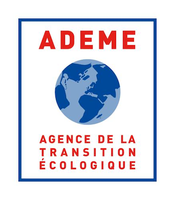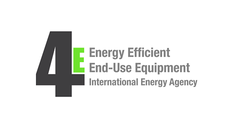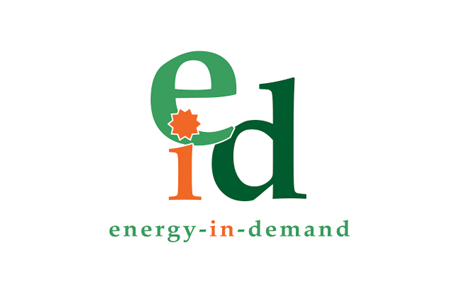Search eceee proceedings
Energy efficiency finance and multiple benefits – two sides of the same coin?
Panel: 3. Policy, finance and governance
This is a peer-reviewed paper.
Authors:
Zsolt Toth, Fraunhofer Institute for System and Innovation Research ISI, Germany
Clemens Rohde, Fraunhofer Institute for Systems and Innovation Research, Germany
Abstract
Over the past couple of years, the topic of Multiple Benefits of energy efficiency investments has been explored from multiple angles. In the policy context, Multiple Benefits are beginning to be more consistently referred to in the development of regulatory measures and assessment of policy impacts. At the same time, in financial decision-making, non-energy benefits, such as climate resilience, improved comfort, healthier occupiers which are directly linked to the asset value and risk profile, are seldom explicitly targeted, measured or fully considered.
There is a common understanding that Multiple Benefits of energy efficiency have a material impact on investment outcomes. Accounting and realising these additional co-benefits can significantly increase the value and quality of energy efficiency measures. The main challenge faced by financial institutions is that Multiple Benefits remain difficult to communicate, report, track and monetise due to the lack of standardised metrics and lack of market transparency.
This paper presents the main findings of the Energy Efficiency Financial Institutions Group (EEFIG) Working Group on Multiple Benefits. It argues that the translation of Multiple Benefits into actionable and meaningful financial information depends on the ability to assess and communicate these benefits through clear KPIs and quantitative/qualitative evidence. Identifying and assessing the multiple impacts of energy efficiency investments will increase their attractiveness to responsible investors and owners seeking to realise their fiduciary duty to understand and actively manage environmental, social, governance (ESG) and climate-related risks. Linking Multiple Benefits to both the Taxonomy and impact investment framework can provide the required standards and definition of materiality that would facilitate the incorporation of non-energy benefits in financial decision-making.
Building on a short review of the context and relevance of the topic, three aspects will be addressed in more detail: (1) social and health impacts of energy efficiency investments relevant for financial institutions; (2) the role of the EU taxonomy in supporting the articulation of and strengthening the business case for Multiple Benefits; and (3) linking the Multiple Benefits agenda to the impact investment framework. The paper concludes with a list of recommendations addressed to public authorities and relevant market actors.
Downloads
Download this presentation as pdf: 3-146-22_Toth_pres.pdf
Download this paper as pdf: 3-146-22_Toth.pdf
Panels of
1. Dynamics of consumption: less is more?
2. Efficiency and beyond: innovative energy demand policies
3. Policy, finance and governance
4. Monitoring and evaluation for a wise, just and inclusive transition
5. Towards sustainable and resilient communities
6. Energy-efficient and low-carbon mobility for all
7. Policies and programmes for better buildings
8. Innovations in products, systems and building technologies



























